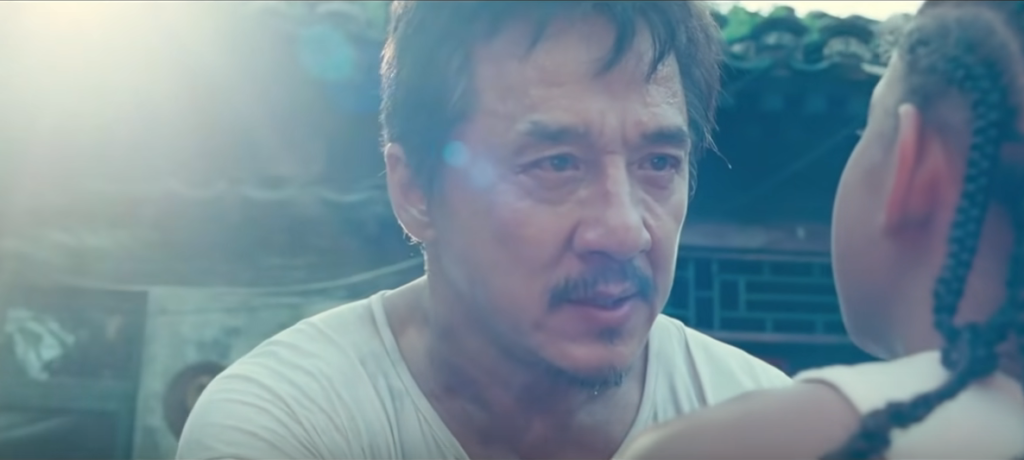
That was Mr. Han’s (Did you remember that was his name in the remake? I didn’t.) advice to Will Smith’s son. “Everything is Kung Fu”. But, I can tell you, that’s wrong. The correct answer is: Everything is Basketball. So, while the two teams I predicted to meet in the NBA Finals (The 76ers and my Jazz) last year are currently atop their conferences, I will use this time to unleash a hoops analogy to discuss the differences between the two “opposing” writing styles: Plotter vs. Pantser.
If you’re wondering which you are, you should do two things. There is a good, basic discussion HERE. First, you should read that. Then, second, you should read on. Because there’s a lot of both in either.
Analogy time: In basketball, there are two basic defenses: man-to-man and zone. Man-to-Man defense is easier to keep track of. Each player is assigned to guard an opposing player. This works well when your team is about as fast as the other team. Zone defense is when each player on your team guards a specific area of the floor, usually a little closer to the basket. You pack it in to the paint, like a Roman phalanx, and dare them to shoot over you, because your team is a bit slower, but you still have no intention of letting them get anywhere near the basket.
But, here’s the thing: In zone defense, once a player enters your personal area of responsibility, guess what you do? You guard them man-to-man. And, in man-to-man, if your player is away from the ball, you move towards the middle of the floor, to help the defender that happens to be guarding the ball-handler. When all four of the other defenders do that, guess what you are playing? That’s right, it’s a form of zone…ever-shifting.
You see where this going. Whichever defense you play, you are using principles from the other.
But let’s understand this: Mostly, the change is psychological. First, changing from one to the other is used to disrupt the opposing team—to give them a different ‘look’ and get them out of their successful habits (or, to break your own bad habits). And it helps to change your own mindset. Now, you are being proactive. Even though you are on defense, now the other team has to react to you.
So, does any Pantser eschew all plotting? If they do, it’s at their peril. There’s nothing wrong letting yourself enter that wonderful semi-trance-like state when the characters inform you as to what’s going to happen next. (I once wrote a bit of dialogue, and exclaimed afterwards, out loud “HA! I wish I had thought of that!”). But, with any story of any complexity, some kind of structure will be helpful. I will qualify this to say that I am speaking mostly of “genre”/’speculative fiction”/Sci-fi/Fantasy/Horror writing and not “Realistic Literature”…which often leans more towards an emphasis on the writer’s WORD CHOICES and less on having a narrative structure, or even a coherent story, in the first place.
I am a Panster. That is to say, I’m not. In fact, what I do is employ any number of pre-writing techniques to provide myself a structure (like a scaffolding) first…soft of like coming up with rules for how my players will rotate on defense.
But then, once the writing begins, it is just about all stream of consciousness. So, when asked, which am I? I typically answer Pantser.
However, when my subconscious just isn’t getting it done, I will switch up, and do something to re-introduce some structure: What stage of the HERO JOURNEY is this and what should be happening at this stage? Where is this character on the various SLIDER SCALES? And then, based on those answers, I will aim for plugging in corrective bits later on, as a short term objective. And so forth.
So, I would suggest there’s no such thing as an absolute Pantser. After all, even the most militant of self-identified Pantsers will at least typically build around key scenes that they’ve already planned—like, for example, the ending.
I hope this helps. And then you’ll be able to tell me what’s what about your WIP.
